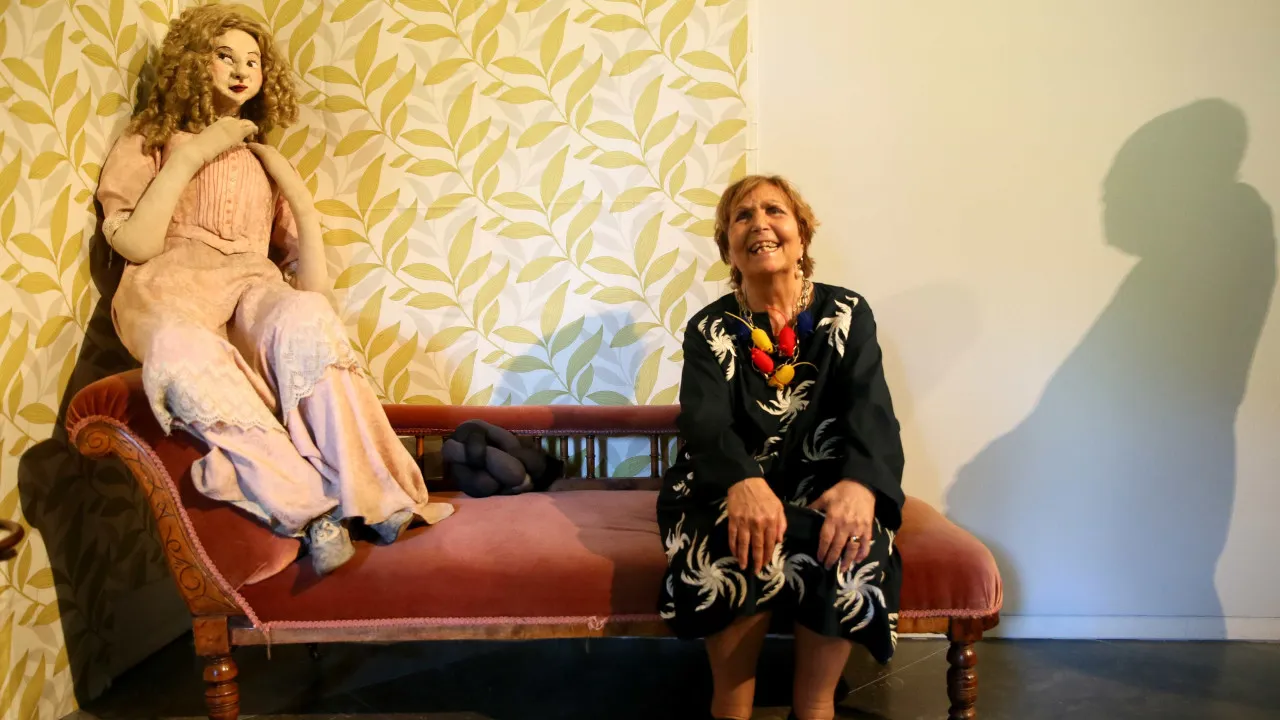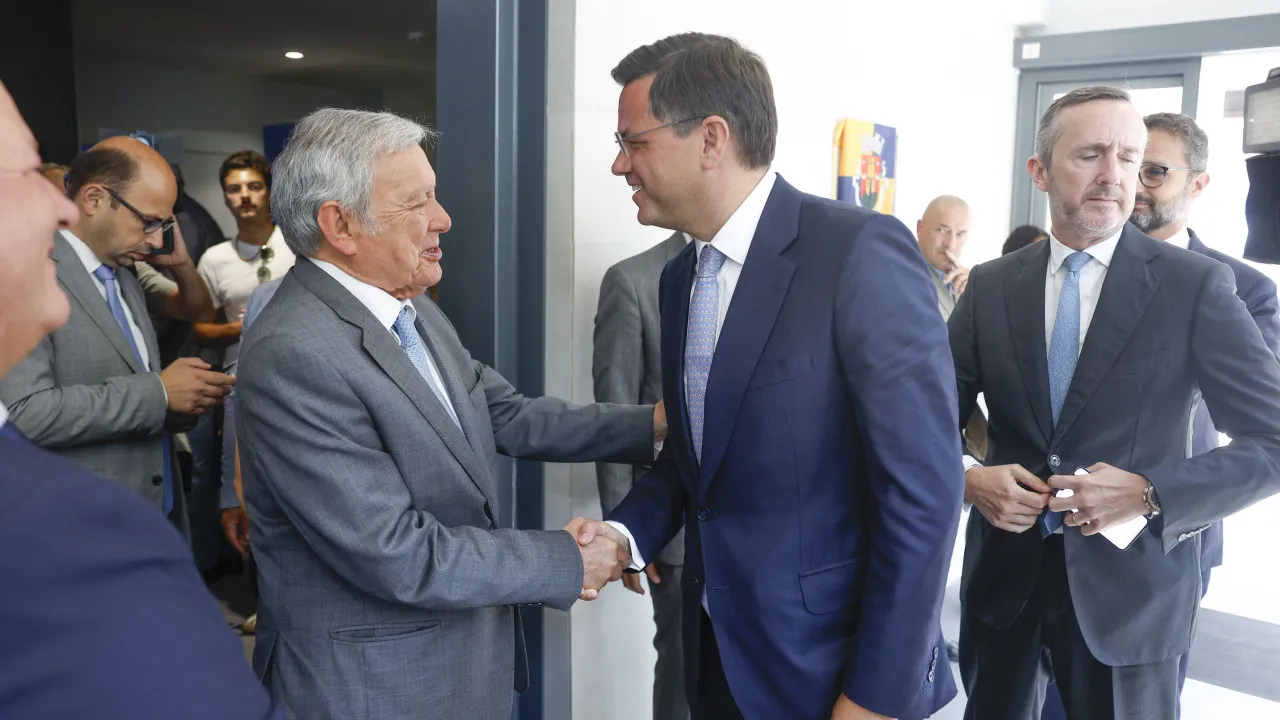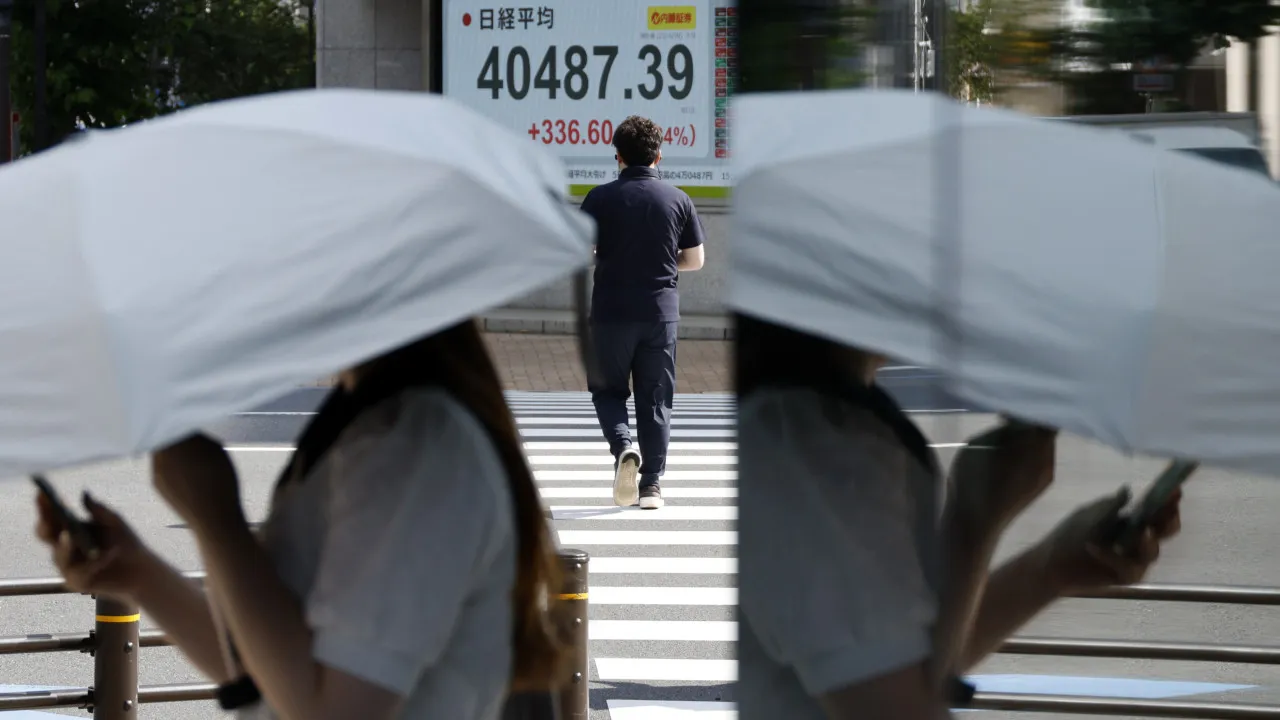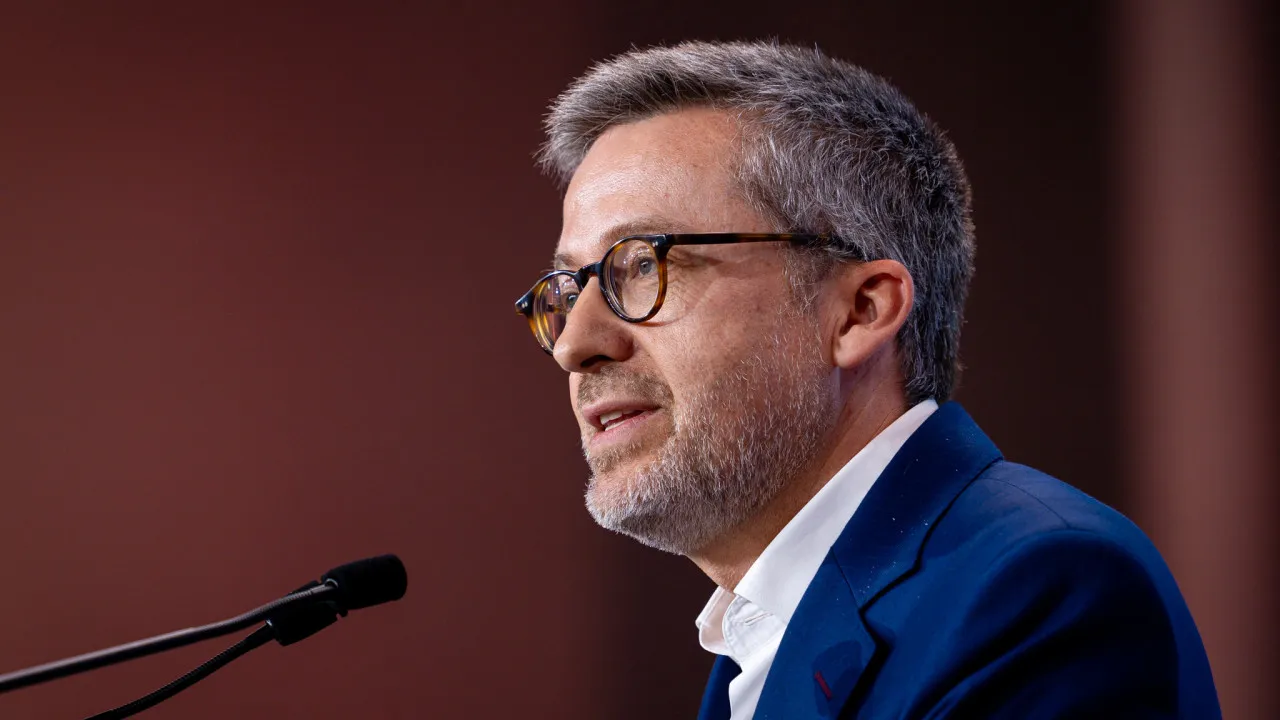
Titled ‘Between Your Teeth’, the exhibition is curated by Adriana Varejão, Helena de Freitas, and Victor Gorgulho, with scenography by Daniela Thomas. It spans 13 rooms at the Gulbenkian Modern Art Centre (CAM), offering an immersive journey through six decades of artistic creation including painting, printmaking, sculpture, and installation.
The title of the exhibition is inspired by Hilda Hilst’s 1974 work ‘Poems to the Men of Our Time’, which alludes to Brazil’s military dictatorship period from 1964 to 1985. “In this piece, Brazilian poet Hilda Hilst, from the same generation as Paula Rego, speaks of the power instituted by men who crush human lives,” commented Brazilian artist Adriana Varejão during a press tour of the exhibit.
This marks the first time the two artists have shared an exhibition in Portugal. They first met at an exhibition in Rio de Janeiro in 2017, which was also the only presentation by Paula Rego (1935-2022) in the Brazilian city.
“The title is ambiguous because it talks about ‘between’—in this case, within the mouth, about chewing, linked to the violence against women,” added Varejão, who was born in Rio de Janeiro in 1964 and presents a new work created specifically for the exhibition.
The exhibit crafts a visual and conceptual dialogue between two female voices from different generations and regions, united by emotional intensity, visual imagination, and social critique, noted Benjamin Weil, director of the CAM at the Calouste Gulbenkian Foundation.
“Merging works from monumental 20th-century figures with leading contemporary artists, as seen in this exhibition, aims to create new readings of Art History, revealing intellectual and formal affinities across generations,” stated Weil.
The exhibition also serves to “contextualize the CAM collection,” with approximately a third of the pieces being Paula Rego’s, including iconic works like ‘Angel’ (1998) and ‘Turkish Bath’ (1960).
“This brings together the work of two female artists with similar concerns: both grew up under dictatorships and in patriarchal cultures heavily influenced by Catholicism,” explained Benjamin Weil. He also described the exhibit as exploring how patriarchy, colonialism, and other forms of oppression intertwine, “eroding memories and bodies,” added Helena de Freitas.
The curators intentionally placed a study from Paula Rego’s ‘Dog Woman’ series from the 1990s at the exhibition’s entrance, showcasing a woman bent over, revealing her teeth, paired with a corroded column by Adriana Varejão, serving as a metaphor throughout the show.
“There is always something hidden in these works. There’s a contrast between the inside and the outside, between the intimate and the universal,” noted Gulbenkian curator Helena de Freitas, who directed the Casa das Histórias Paula Rego in Cascais from 2010 to 2013.
Upon entry, the first room highlights ‘The First Mass in Brazil’ (1993) by Paula Rego, which critically revisits the colonial depiction of the indigenous Tupi people, juxtaposed against ‘Lopo Homem Map’ (1992) by Varejão, where an open wound is placed over historical cartography, evoking the violence of conquest.
“I’ve never seen a complete aesthetic affinity between my work and Paula Rego’s. They are very different, yet the synergy between them creates an incredible dialogue. We’ve formed groups where these dialogues are very strong, divided into themes,” commented Varejão.
The theme of abortion takes a prominent space, notably through Rego’s ‘Triptych’ (1998) and a set of engravings created in response to Portugal’s 1998 referendum, which necessitated a subsequent public consultation.
Varejão’s installations ‘Excision of Evil by Overdose and by Incision’ (1994), presented at the São Paulo Biennial, engage directly with Rego’s works and carry a “clinical and disturbing atmosphere,” featuring surfaces that are torn, lacerated, or cut, revealing a red interior, akin to flesh.
“The flesh gives body to the stories and Adriana Varejão’s socio-political History, and both artists allow any idea of a narrative to slowly dissolve within these 13 exhibition halls, which refrain from suggesting unique and irrevocable interpretations for the discussions we foster,” highlighted Brazilian curator Victor Gorgulho, invited by the artist.
Other moments in the exhibition include the juxtaposition of Rego’s ‘Angel’ (1998) with Varejão’s triptych ‘Wall with Incisions à la Fontana’ (2002), where symbols of power, pain, and resistance overlap.
“Even though we belong to different generations, there’s great synergy in the works, in the violence, and the forceful way of speaking, which is very similar. It’s not a coincidence, but the result of a finely crafted curatorial work. It’s not an exhibition where any of our works could fit. They were very selectively chosen,” Varejão emphasized.
Some rooms “are almost ‘traps’ that lead to strong psychological games” related to eroticism and the body, according to the artist and curator, who sought to create a “truly strong and political exhibition in every sense and direction.”
The relationship with the ocean as both link and divide between Lisbon and Rio de Janeiro is expressed in works like ‘The Sky Was Blue, The Sea Was Blue and The Boy Was Blue’ (2017) by Paula Rego and ‘Ama Divers’ (2011) by Varejão.
The exhibition ‘Between Your Teeth’ is open to visitors until September 22 at the newly renovated CAM of the Calouste Gulbenkian Foundation in Lisbon.




